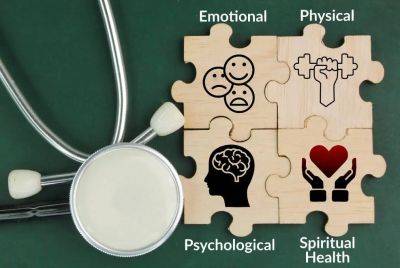Centanafadine Study: New ADHD Drug Effective for Adults and Kids
June 24, 2025Centanafadine — a norepinephrine, dopamine, and serotonin reuptake inhibitor (NDSRI) — is effective at treating ADHD in adults, adolescents, and children, according to Phase 3 trials sponsored by the drug’s manufacturer, Otsuka Pharmaceuticals.
The non-stimulant ADHD medication offers the potential benefits of mild side effects and a low abuse potential, and it works by increasing levels of three different neurotransmitters involved in ADHD.
It has not yet been submitted for approval to the Federal Drug Administration (FDA), which reviews the safety and efficacy of all new medications in the United States.Two randomized trials involved 859 adults with a primary diagnosis of ADHD and a mean age of 35 years who were randomly assigned to receive centanafadine 200 mg, centanafadine 400 mg, or a placebo twice daily for six weeks.1 The ADHD Investigator Symptom Rating Scale (AISRS) was used at the start and end of the trials: the mean baseline AISRS total score was 38.8.A separate set of randomized trials was conducted to explore the drug’s efficacy in children and adolescents.
The 459 adolescents who participated received either high-dose centanafadine (328.8 mg), low-dose centanafadine (164.4 mg), or placebo; 480 children were similarly assigned to a high dose, low dose, or placebo group, with doses based on their weight.2 The ADHD Rating Scale–5 (ADHD-RS-5) was used to measure ADHD symptoms of children and teens at the start of the study and after six weeks.For adults, the mean change on the AISRS score over six weeks was:Around one quarter of the adults who took 200 or 400 mg experienced an 18-point or greater improvement (compared with 15.4% of the placebo group).For teens aged 13 to 17, the mean change on.
Read more on additudemag.com
![[Self-Test] Were You Raised by Emotionally Immature People? - additudemag.com](https://mediclife.net/storage/thumbs_400/img/2025/7/24/338093_8sj.jpg)



















